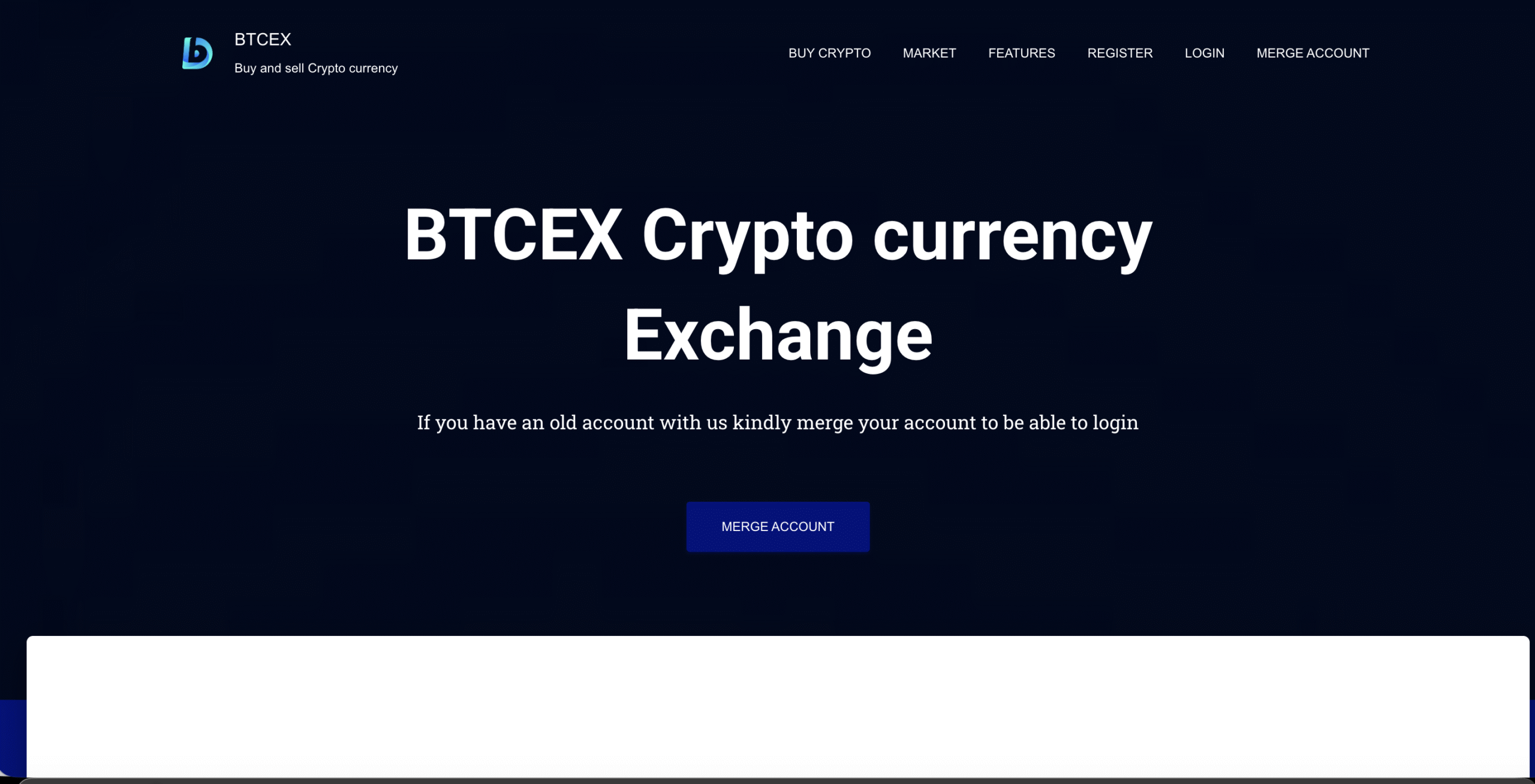Executive Summary
This report examines the operations and deceptive mechanisms of TreasureNFT.xyz, a platform that claims to offer NFT-based investment opportunities but has exhibited multiple signs of fraudulent behavior. Through analysis of its structure, marketing strategy, user complaints, and digital footprint, this review concludes that TreasureNFT.xyz functions as a Ponzi-style crypto scam, designed to exploit inexperienced investors by promising unrealistic returns and masking its true intent through rebranding and referral-driven recruitment.
1. Introduction: The Rise of Digital Asset Fraud
The explosion of digital assets — particularly non-fungible tokens (NFTs) — has created fertile ground for both innovation and exploitation. As blockchain technology became mainstream, thousands of investors rushed to capitalize on this emerging financial frontier. However, this enthusiasm also paved the way for scammers and unregulated entities to mimic legitimate projects while conducting fraudulent operations.
TreasureNFT.xyz entered this landscape under the guise of an NFT investment platform, presenting itself as an opportunity for users to stake or trade NFTs for daily profit. Behind the polished interface, however, lies a structure typical of high-yield investment scams, using psychological manipulation, referral incentives, and domain-hopping tactics to attract deposits and conceal accountability.
2. The Public Face of TreasureNFT.xyz
TreasureNFT.xyz public website and marketing materials promise users a simple, profitable way to “earn daily income through NFT staking.” Its claims typically include:
-
Fixed daily earnings between 1% and 3% of the deposited amount
-
A proprietary “NFT market” where users can buy, stake, and resell digital assets
-
Referral bonuses for inviting new participants
-
“VIP levels” or “investment tiers” that increase profit percentages
-
A sleek dashboard interface suggesting automation and legitimacy
These promises, though enticing, conflict with basic principles of finance. No legitimate NFT or crypto investment can provide fixed guaranteed returns in a volatile market. This contradiction forms the foundation of the deception: the illusion of reliability in an inherently risky space.
3. The Allure of Guaranteed Profit
One of the primary tools of fraudulent investment schemes is psychological persuasion. TreasureNFT.xyz leverages this by combining modern digital buzzwords — NFTs, blockchain, AI trading — with the age-old promise of “passive income.”
Scammers understand that many users do not fully comprehend how NFTs function. They rely on investors’ belief that blockchain technology is both complex and profitable, offering “proof” of legitimacy through meaningless technical jargon. TreasureNFT’s pitch centers around simplicity: “Deposit your funds, and our system will earn for you.”
The illusion of automation creates trust. When paired with seemingly small investment requirements — often as low as $50 or $100 — potential victims perceive it as a low-risk, high-reward opportunity. In reality, such models are unsustainable without constant inflows of new money.
4. The Hidden Structure – How the Scam Operates
A detailed analysis of user reports and operational patterns reveals a clear Ponzi structure. The typical sequence unfolds as follows:
Stage 1: Initial Recruitment and Early Trust
TreasureNFT aggressively promotes its platform through social media, Telegram groups, and paid influencers. Early participants are often able to withdraw small profits successfully. This early success is not proof of legitimacy — it is an intentional mechanism designed to establish trust and generate viral word-of-mouth promotion.
Stage 2: Rapid Expansion Through Referrals
The platform incentivizes users to recruit others through referral bonuses and hierarchical commission structures. The more people an investor recruits, the higher their “earnings.” This transforms users into unpaid marketers, accelerating the scam’s reach while masking its illegitimacy.
Stage 3: Growing Deposits and Reduced Transparency
As funds accumulate, the platform introduces new “investment packages” with higher returns, sometimes claiming partnerships with blockchain exchanges or celebrity NFT projects. Users are encouraged to reinvest profits, further locking in their funds. At this stage, withdrawal times begin to lengthen, and customer support becomes unresponsive.
Stage 4: Withdrawal Restrictions
Eventually, users start reporting delays in receiving their withdrawals. Some are told to complete new verification steps, while others are required to recruit additional users before withdrawals are processed. These excuses are deliberate stalling tactics used to buy time while the operators siphon remaining funds.
Stage 5: Exit or Rebranding
Once deposits slow down and complaints increase, TreasureNFT.xyz typically rebrands or shifts to a new domain. Victims report being directed to “new versions” of the platform under different names, told that migration will resolve their issues. The new domain is merely a continuation of the same scam under a fresh identity.
5. The Illusion of Legitimacy
To sustain its deception, TreasureNFT employs multiple strategies to appear credible:
-
Professional Web Design – A clean, modern interface with dashboards that display “real-time” profits, giving the illusion of an active trading system.
-
Use of Blockchain Terminology – Terms like “smart contracts,” “staking pools,” and “NFT yield farming” are used without technical substance.
-
Fake Testimonials – Screenshots of withdrawals and fabricated success stories circulate in online groups.
-
Short-term Payouts – Early investors often receive small returns, reinforcing belief in the system and encouraging reinvestment.
-
Referral Tiers – “VIP” or “Level” systems manipulate social competitiveness and reward users for promoting the scam.
These techniques exploit psychological triggers: greed, fear of missing out (FOMO), and social validation. Once a user experiences even one successful withdrawal, their confidence increases, making them more likely to invest larger sums.
6. The Red Flags
An objective analysis of TreasureNFT.xyz reveals several unmistakable warning signs common to online investment fraud:
a) Anonymous Ownership
There is no identifiable company or leadership information available. The website provides no physical address, registration number, or legally verifiable contact details. The domain is privately registered, concealing the true operators.
b) Unrealistic Returns
Any platform guaranteeing consistent daily profits — especially in volatile crypto markets — is inherently fraudulent. Even legitimate hedge funds cannot deliver stable fixed returns over short periods.
c) Emphasis on Recruitment
The referral structure is the backbone of TreasureNFT’s business model. Earnings depend not on genuine NFT transactions, but on the number of new users recruited. This mirrors traditional pyramid schemes.
d) Withdrawal Delays
Numerous participants report difficulty withdrawing funds. Withdrawal times increase progressively, eventually halting altogether once deposits slow.
e) Domain Changes
When the platform’s reputation deteriorates, it migrates to new domain names. This strategy allows the operators to escape accountability while luring unsuspecting new investors.
f) Lack of Technical Transparency
Despite its claims, the platform provides no access to verifiable blockchain contracts or transaction records. The supposed NFTs and staking operations appear to exist only within the platform’s internal database — not on any public blockchain.
7. User Experience and Victim Patterns
Across multiple communities, a consistent user pattern emerges. Early adopters, often encouraged by friends or social media influencers, report receiving initial withdrawals that seem legitimate. These small payments are carefully calculated by the scammers to build confidence and attract further deposits.
After several weeks, withdrawal times increase from a few hours to several days, then to a week or more. Users are informed of “technical maintenance,” “network congestion,” or “security upgrades.” Eventually, withdrawals stop entirely. When users demand answers, customer service disappears or responds with generic automated messages.
Some victims describe the psychological toll: the shame of being deceived, the guilt of having recruited friends and family, and the frustration of having no legal recourse due to the anonymity of the perpetrators. The pattern is identical to that of other international Ponzi networks operating under different names.
8. Technical and Digital Footprint Analysis
A closer look at the platform’s technical characteristics further reinforces its illegitimacy:
-
Domain Age: Recently registered, typically less than three years old, indicating a short operational lifespan.
-
Hosting Infrastructure: Hosted via shared cloud services with hidden ownership — common among fraudulent websites.
-
Website Content Duplication: Multiple clones of TreasureNFT’s interface exist under similar domain names, suggesting a network of interlinked scams.
-
Traffic Sources: The majority of user traffic originates from social media referral links and messaging groups rather than organic searches, which is typical for MLM-style frauds.
-
Security Certificates: Standard SSL encryption is used, giving a false sense of safety. SSL only secures connections; it does not validate legitimacy.
These indicators point to a deliberate effort to conceal identity and maintain operational flexibility — allowing the perpetrators to vanish quickly when the scheme collapses.
9. Psychological Manipulation Techniques
TreasureNFT’s design and marketing make strategic use of behavioral psychology. The scam succeeds not merely because of technological deception but because of emotional manipulation:
-
Social Proof – Fake testimonials and community groups convince users that “everyone is earning.”
-
Authority Illusion – Use of financial jargon, charts, and dashboards gives the impression of professionalism.
-
Commitment Bias – Once users invest and withdraw small profits, they feel psychologically compelled to continue.
-
Fear of Missing Out (FOMO) – Time-limited offers and investment “levels” create urgency.
-
Reciprocity Trap – Referral bonuses make users feel rewarded and emotionally tied to the platform’s success.
By exploiting these cognitive biases, TreasureNFT transforms victims into recruiters who spread the scam further, unknowingly perpetuating the fraud.
10. Economic Model – Why It Cannot Sustain Itself
In legitimate finance, returns are generated from productive assets or market appreciation. TreasureNFT’s returns, however, are synthetic — fabricated from incoming deposits rather than actual profits.
The economic model functions as follows:
-
New investors deposit funds.
-
A portion of these funds is used to pay earlier investors, creating the illusion of genuine profit.
-
Referral commissions further drain new deposits.
-
Once recruitment slows, the model collapses because no real revenue source exists.
This pattern is mathematically unsustainable. Every Ponzi scheme inevitably reaches a point where incoming funds cannot cover promised payouts, leading to system failure and investor losses.
11. The Broader Impact
TreasureNFT is not merely an isolated case of internet fraud. It reflects a broader trend of crypto-related scams targeting developing economies where financial literacy and regulatory oversight are limited. Victims often lose life savings, and because the transactions occur in cryptocurrency, funds are nearly impossible to recover.
Beyond financial loss, these scams damage public trust in legitimate blockchain innovation. Each collapse reinforces skepticism toward NFTs and digital assets, harming the ecosystem as a whole.
12. Why It Evades Regulation
TreasureNFT operates in a regulatory gray zone. By using cryptocurrencies and NFTs — assets that are often unregulated or lightly monitored — the perpetrators can bypass traditional banking oversight. Their use of referral programs and digital wallets makes jurisdictional enforcement challenging.
Furthermore, the anonymity provided by blockchain and privacy-focused domains allows the operators to disappear or rebrand rapidly. Without cross-border cooperation and advanced cyber-investigative capacity, such platforms can operate for months or years before being exposed.
13. Lessons from TreasureNFT
The downfall of TreasureNFT.xyz underscores several critical lessons for investors and regulators alike:
-
Transparency is Non-Negotiable: Any investment platform that hides its operators should be avoided.
-
Fixed Returns Equal False Promises: Market-based assets cannot guarantee profits.
-
Referrals Are Not Revenue: Sustainable businesses generate value, not recruitment chains.
-
Due Diligence Saves Money: Verifying domain age, company registration, and online reputation can prevent losses.
-
Education Is the Best Defense: Investors who understand basic crypto mechanics are less susceptible to fraudulent claims.
14. The Aftermath and Rebranding Cycle
When a scam like TreasureNFT.xyz reaches its breaking point, operators typically delete user data, disable withdrawals, and close communication channels. Within weeks, a nearly identical platform reappears under a new domain — often with slight branding changes but the same business model.
This rebranding cycle allows scammers to repeat their tactics, targeting new audiences while evading accountability. It also means that warnings must spread quickly; otherwise, the pattern continues indefinitely.
15. Final Assessment
After extensive analysis, TreasureNFT.xyz exhibits the following definitive characteristics of a scam:
-
Absence of identifiable ownership or legal registration
-
Unrealistic, guaranteed returns
-
Referral-based revenue structure
-
Delayed or denied withdrawals
-
Frequent domain changes and rebranding
-
Lack of verifiable blockchain activity
-
Overwhelming user complaints and losses
These elements collectively prove that TreasureNFT.xyz is not an investment opportunity but a fraudulent operation designed to extract funds from unsuspecting investors.
16. Conclusion
TreasureNFT.xyz serves as a textbook example of how digital-era frauds evolve to exploit new technologies and trends. Wrapped in the appealing language of NFTs and blockchain, it replicates the same mechanics as traditional Ponzi schemes: early returns, aggressive recruitment, and eventual collapse.
Its polished interface and clever marketing disguise an underlying deception that preys on trust, ignorance, and greed. The scheme’s success lies not in innovation but in manipulation — turning modern financial tools into instruments of exploitation.
As digital assets continue to grow in popularity, awareness becomes the first line of defense. Investors must remember that no legitimate investment guarantees fixed returns, and any platform built primarily on recruitment or secrecy should be treated as hostile to investor interests.
TreasureNFT.xyz, despite its modern branding, is an old fraud in new packaging — another reminder that technology can evolve, but human greed, and those who exploit it, remain timeless.
Report TreasureNFT.xyz Scam and Recover Your Funds
If you have lost money to TreasureNFT.xyz, it’s important to take action immediately. Report the scam to LOSTFUNDSRECOBERY.COM, a trusted platform that assists victims in recovering their stolen funds. The sooner you act, the better your chances of reclaiming your money and holding these fraudsters accountable.
Scam brokers like TreasureNFT.xyz continue to target unsuspecting investors. Stay informed, avoid unregulated platforms, and report scams to protect yourself and others from financial fraud. Read More reviews at Scams2Avoid
Stay smart. Stay safe.



